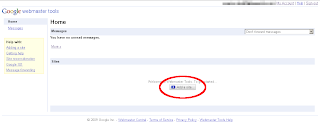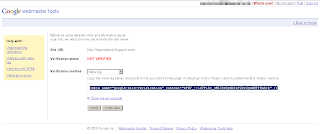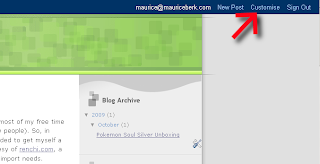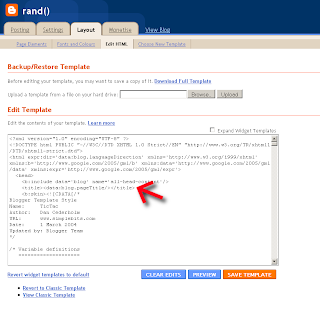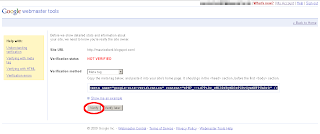I exaggerate slightly. I've worked my way through about 200 frames of Remembering the Kanji Vol. 1, seemingly the de facto standard for learning the meanings of Japanese characters. I have a decent grasp of kana, thanks to Japanese for Busy People: Kana Workbook, although my ability to read katakana is significantly worse than hirigana. I've also done a couple of chapters of Japanese for Busy People Vol. 1.
The problem is that all of this is scant preparation for the JLPT Level 4. Those 200 kanji I learnt from RTK? Not all of those are going to appear in the test, and there's a sizable number which come later in the book that I haven't had a chance to learn yet. There's also the issue of retention - I learned those kanji a while ago and, mainly due to laziness, have not reviewed them in some time. The major problem with Japanese for Busy People is that it completely avoids teaching you any kanji which is neither realistic nor practical for a test which contains an entire section devoted to character recognition and production.
Fortunately I have two aces up my sleeve. The first is this blog, and this post, which announces my intention to the internet at large (or at least the pitiful fraction who read this site) that I'm going to pass my JLPT Level 4 with only 38 days of preparation. You, dear reader, are going to be holding me accountable for passing. The second is The Preparatory Course for The Japanese Language Proficiency Test, Level 4.
As far as I am concerned, this is the holy grail of JLPT preparation. I mean, the clue's kinda in the title isn't it? This information rich book set me back £36.40 from London's Japan Centre and it's worth every penny. Any Londoners remotely interested in Japanese food, books, manga, tableware, etc. absolutely have to pay the Centre a visit. It's heaven.
So back to TPCFTJLPT4. Consider the following question:
中山さんは 中国語_ できます。
- は
- を
- が
- に
- What do the kanji mean and how are they read?
- What do the words mean?
- What's the general grammatical rule that applies here?
- What does the sentence sound like when read by a native Japanese speaker?
なかやまさんは ちゅうごくご_ できます。
Then there's the English translation:
Nakayama-san can speak Chinese.
The correct particle to use is が and the rule for this is given as:
Use が before できる (can do)
And here's the clincher: the book comes with 2 CDs containg native Japanese readings of just about every single sentence in the book.
Now here's where I'm going to really up my game. Because I'm not just going to study the book. I'm going to combine it with a spaced repetition system (SRS). This is a fancy way of studying flashcards. Essentially you increase the time between viewing previously learnt flashcards in order to exploit the spacing effect - read the Wikipedia articles if you want a proper explaination. A great site for the application of SRS to learning Japanese is All Japanese All The Time which, if I didn't have the JLPT Level 4 test coming up, would be my preferred method of learning Japanese.
Right now I am taking the audio tracks from the TPCFTJLPT4 CDs - they come as 1 track per page - and am splitting them up into individual sentences using mp3splt. Then I'm going to build flashcards using my SRS implementation of choice: Anki. The example sentence given above could be used to make several different cards for instance:
- Question: Japanese text in kanji, no furigana, with the particle filled in. Answer: Japanese text in kana accompanied by native reading. This would test the ability to read the kanji
- Question: Japanese text as above. Answer: English translation. This would test reading comprehension.
- Question: Japanese native reading. Answer: English translation. This would test listening comprehension.
- Question: Japanese text without the particle. Answer: The particle and grammar rule. This would test the grammar rule (i.e. the actual test question)
